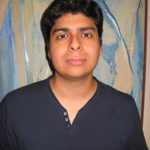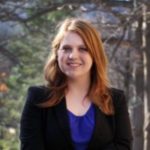Faculty Advisor: Julie Hasenwinkel
The central nervous system (CNS) has a variety of different cell types and functions beyond the basic neuron that are only very recently being investigated. One such cell type, the astrocyte, has gone from being understood purely as a support cell to have roles in areas such as synaptic signaling, regulation of the blood brain barrier and acting as a protective mechanism in case of traumatic injury. My work focuses on the reaction of this cell type to traumatic injury, where we are looking at both the InVitro reaction of these cells on variable substrate hydrogels and tracking their migratory patterns in response to the substrate, as well as looking at an InVivo spinal cord injury model and tracking the damage of a contusion injury over time using live Raman spectroscopy imaging. The first aims goal is to understand how astrocytes will react if a hydrogel or other biocompatible material is placed in the CNS with regards to cell motility. The second aim is to see the damage to the spinal cord immediately after injury and, with enough data, create a non-invasive method of using Raman imaging, an uncommon imaging technique in the medical field, to measure the extent of a spinal cord injury. Future work will also involve tracking astrocyte migration in organotypic slice cultures of the spinal cord in both injured and non-injured tissues.
Shelby Buffington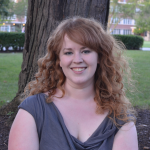
Bioengineering
Faculty Advisors: James Henderson & Patrick Mather
My research focuses on the use of multifunctional, programmable materials to better understand how cells respond to their mechanical and chemical environments. Our lab has previously developed substrates that alter their mechanical topography during cell culture in response to a temperature change. The lab further demonstrated that cells will dynamically alter their alignment in response to the formation of wrinkles. My work is focuses on expanding on these past accomplishments by assessing how cells respond to complex, or double wrinkle patterns along a surface. I then plan on combining these patterns with chemical cues to assess which environmental factors play a larger role in regulating cell behavior.
Faculty Advisor: Joseph Paulsen
My current research focuses on periodically sheared non-Brownian colloidal suspension. Under continual driving, this system exhibits a non-equilibrium phase transition between active states (where some ratio of the total particles are always actively colliding/diffusing) and absorbing states (where particles follow trajectories which avoid collisions). I am constructing an experiment to explore this phase transition under varying local and global shear environments, and different colloidal particle geometries, and in situations with sedimentation under gravity.
Nicholas Kelley
Chemical Engineering
Faculty Advisors: Dacheng Ren
My research is focused on the engineering of novel bacterial co-culture systems using 3D bioprinting techniques. Currently, studies involving multiple bacteria are largely confined to two dimensions. By incorporating the cutting-edge technologies of stereolithography bioprinting (S-BP) and femtosecond lasers I will be able to create innovative 3D hydrogel co-culture systems. These are advantageous over traditional 2D systems since they will allow for spatial control of bacterial strains in all three dimensions, micron scale resolution and the ability to fine-tune the physical and chemical characteristics of the hydrogel scaffold. Therefore, my co-culture systems will be used to better understand the impact of geometry in biofilm formation and complex bacterial community/competition dynamics.
Faculty Advisor: Anthony Garza
I am currently working in Dr. Heather Coleman’s lab studying poplar trees and their use as biofuels. I am extremely interested in microbiology, genetics and immunology and I would like to continue my studies in that direction.
Adam Patch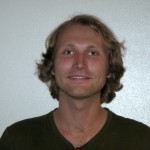
Physics
Faculty Advisor: Cristina Marchetti
My research focuses on the physics of soft active matter, a relatively new branch of physics that seeks to describe groups of particles that move themselves via a variety of motility mechanisms. Myxobacteria, a common soil-dwelling bacterium, is an example of a system displaying group dynamics that may be described through an active matter model. In collaboration with the Welch Lab at Syracuse University and the Shaevitz Lab at Princeton University, I compare minimal active matter models to experimental results in an effort to understand how the actions of single M. xanthus cells may lead to social organization on much larger scales.
Ginger Peterman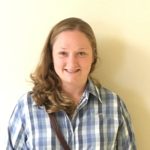
Bioengineering
The aims of my research include modeling the membrane of several types of Gram-negative bacteria by application of coarse graining molecular modeling to visualize the basic structure by varying lipid composition and predicting the effects of anti-microbial peptides. Specifically, I will investigate the physical and structural biochemistry of lipopolysaccharides, which is a major component of the bacterial outer-membrane, the first line of defense the organism has against antimicrobial treatment. This work has applications in developing novel treatments for patients suffering foodborne illnesses, sexually transmitted infections, and other bacterial hazards. This research will look into bacterial strains of which are in urgent need of medicinal innovation due to the current lack in proper treatments. One such example is Salmonella, which causes one million illnesses each year with 19,000 hospitalizations and 380 deaths according to the Centers of Disease Control and Prevention.
Presenting your work at an upcoming conference? Apply for IGERT travel funds by filling out an application for travel support.


